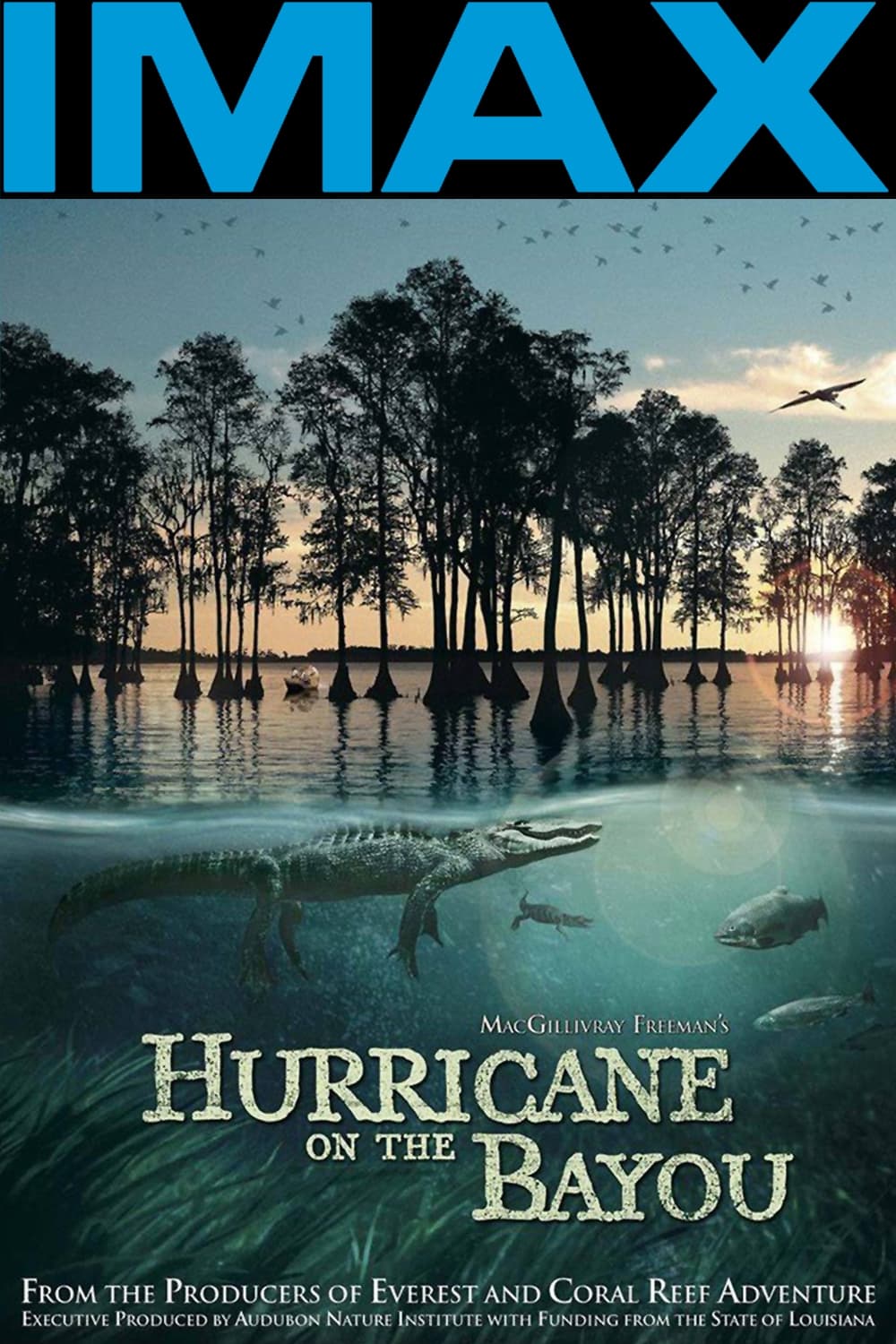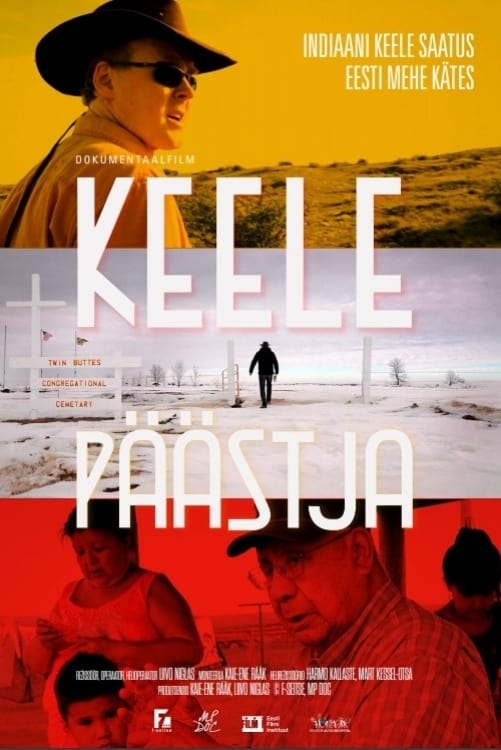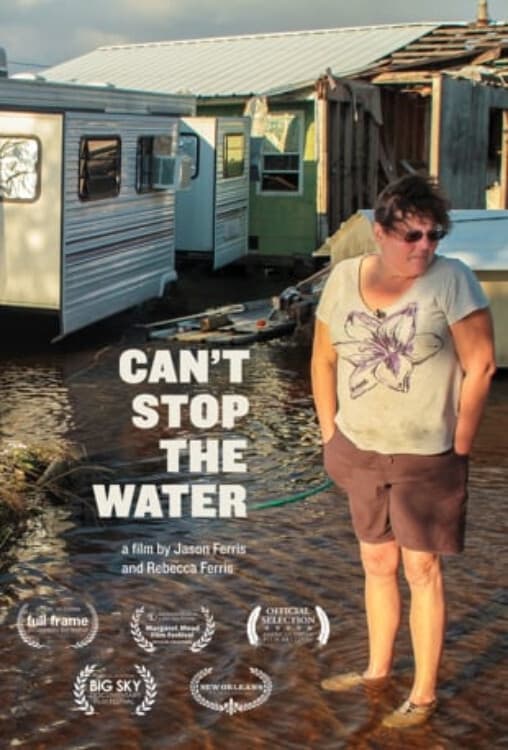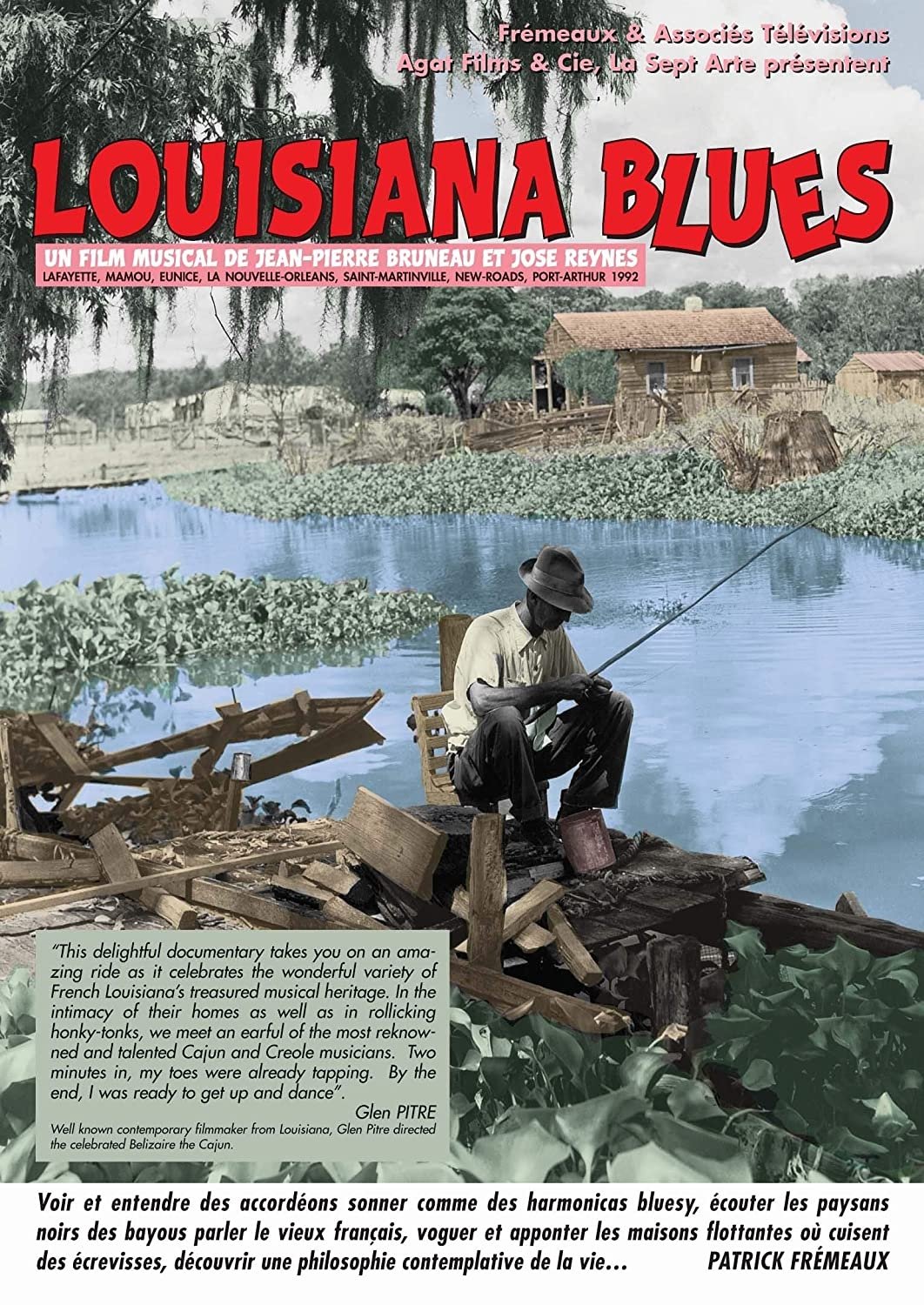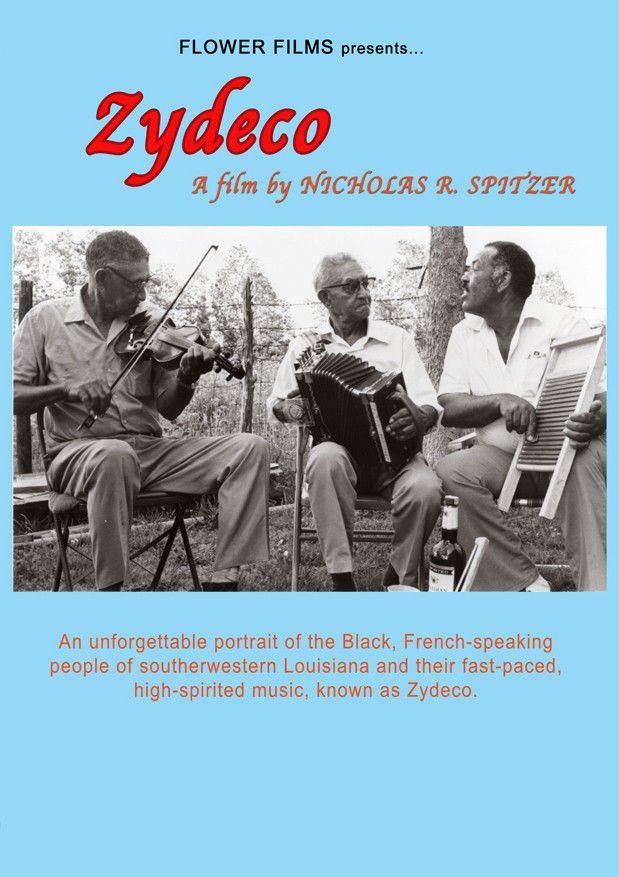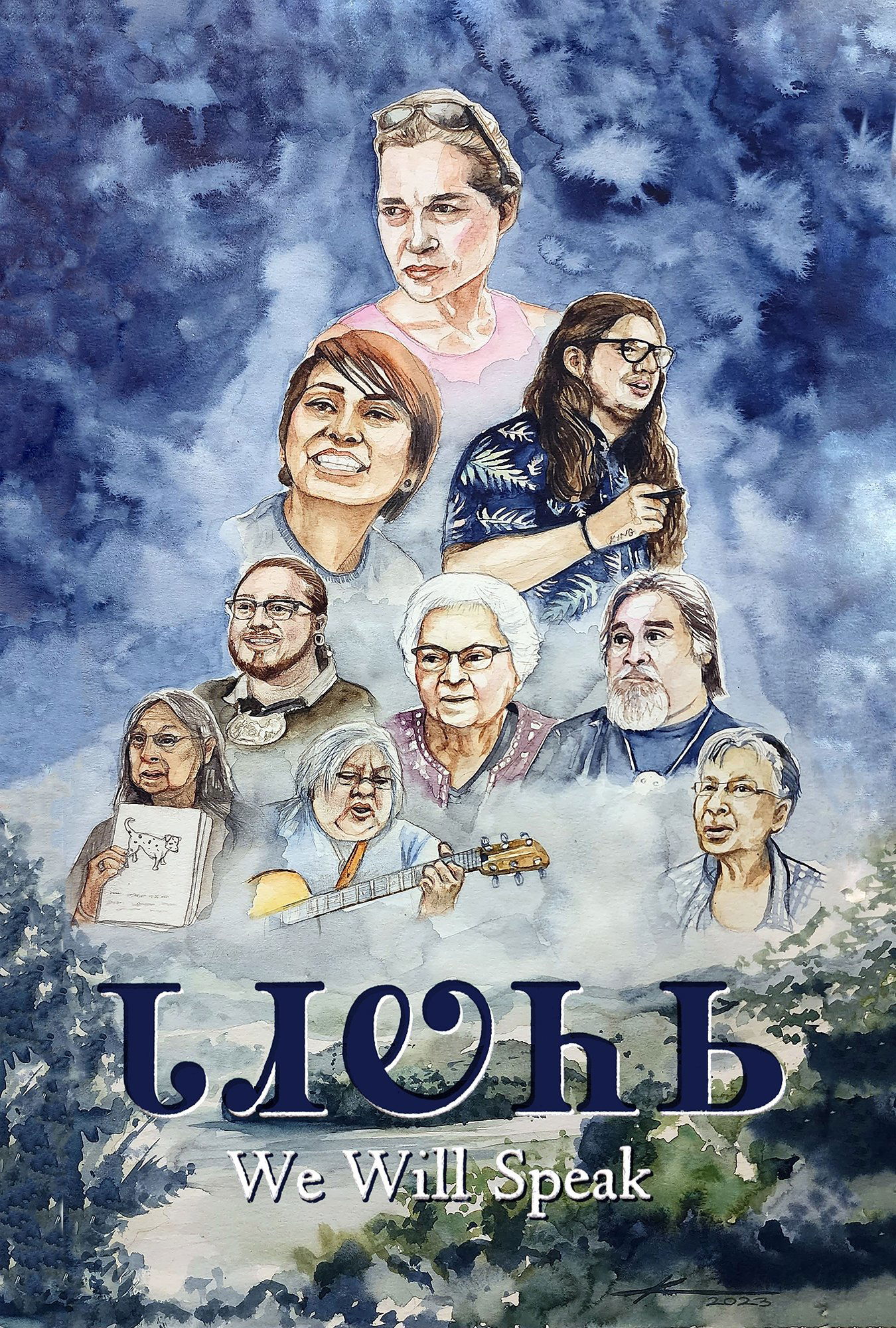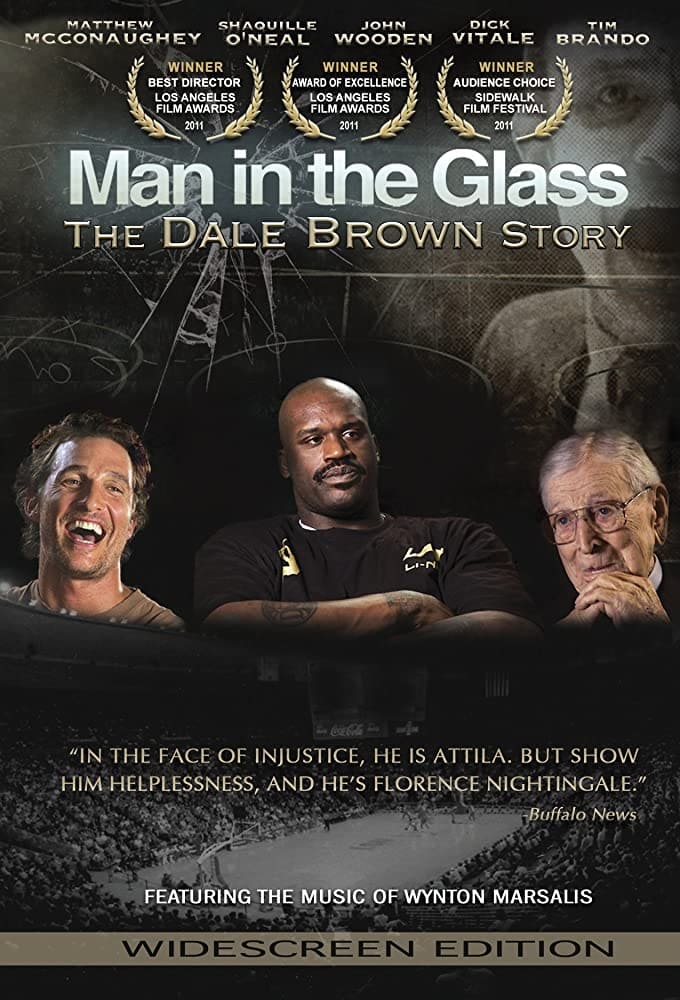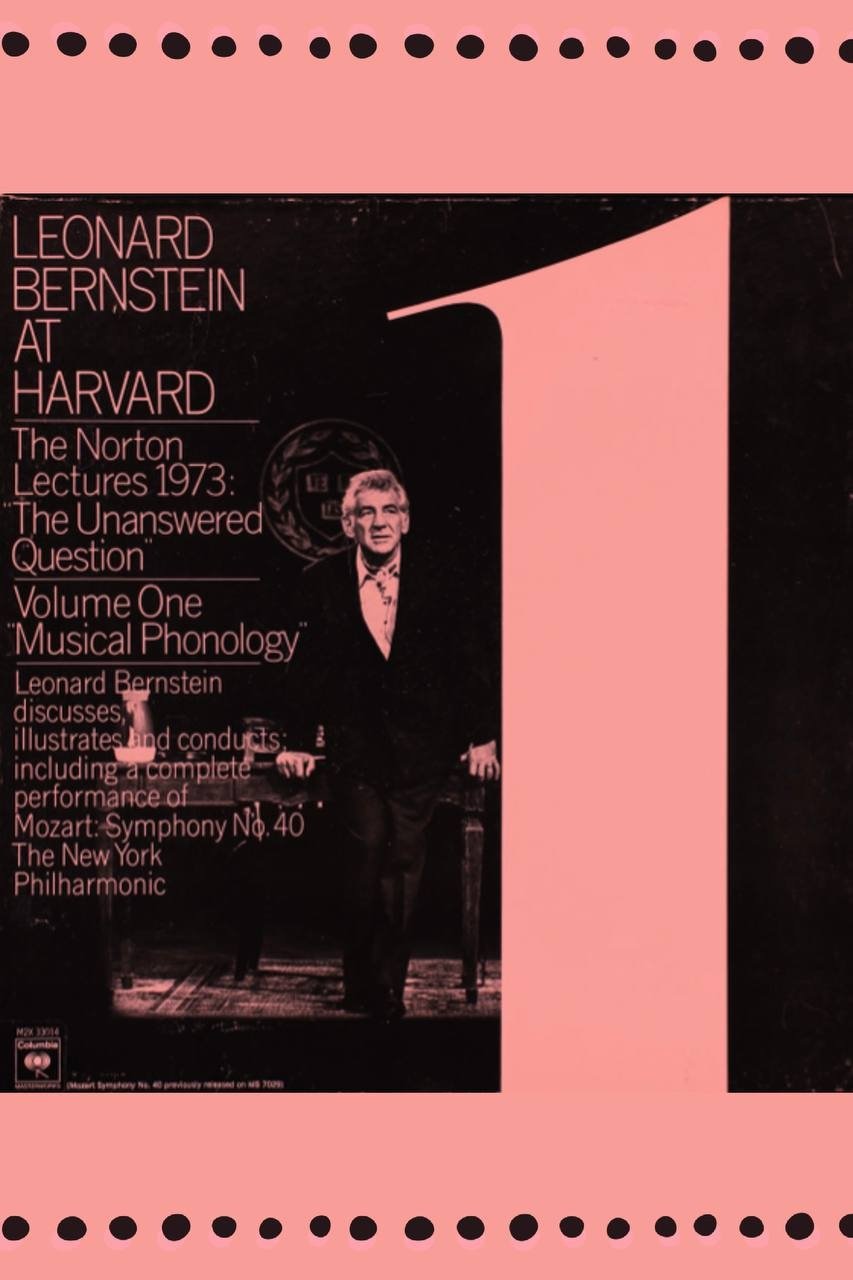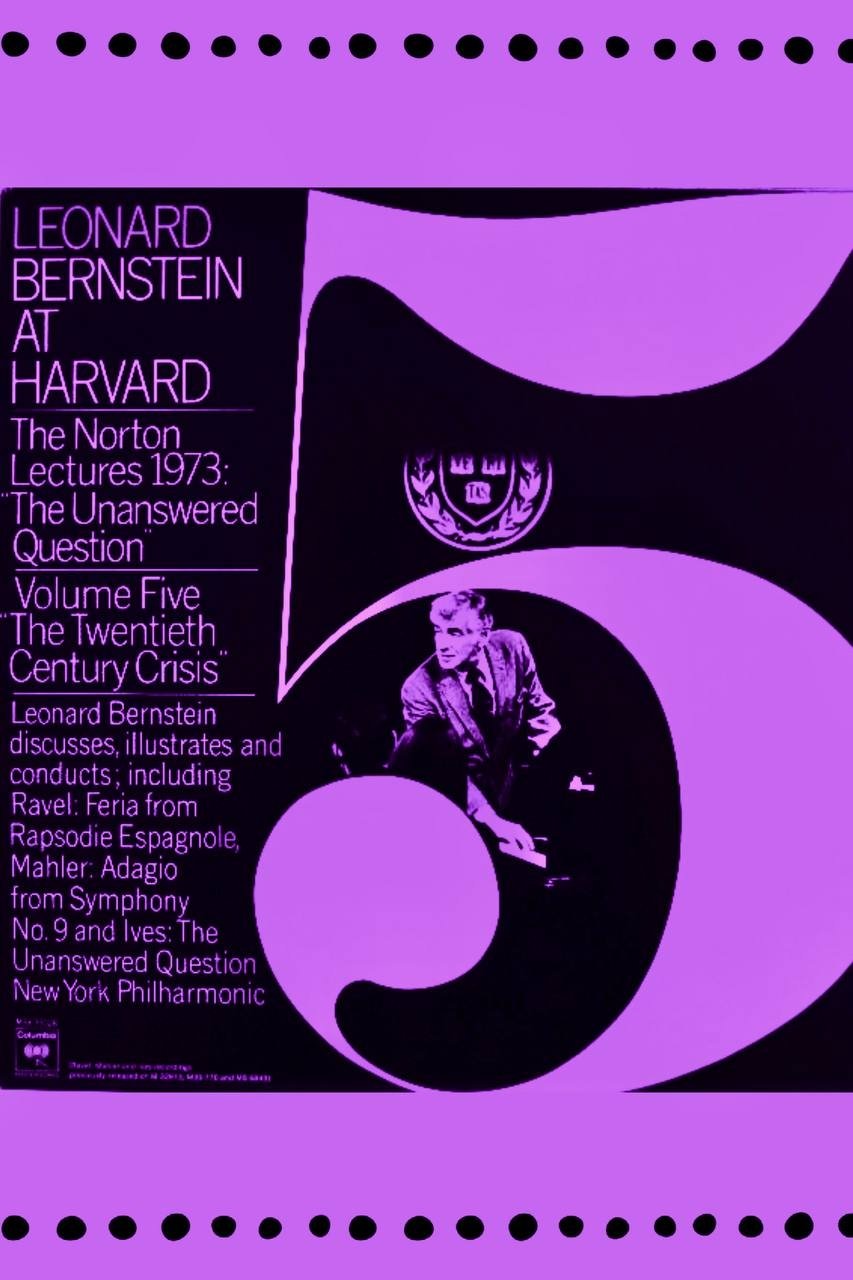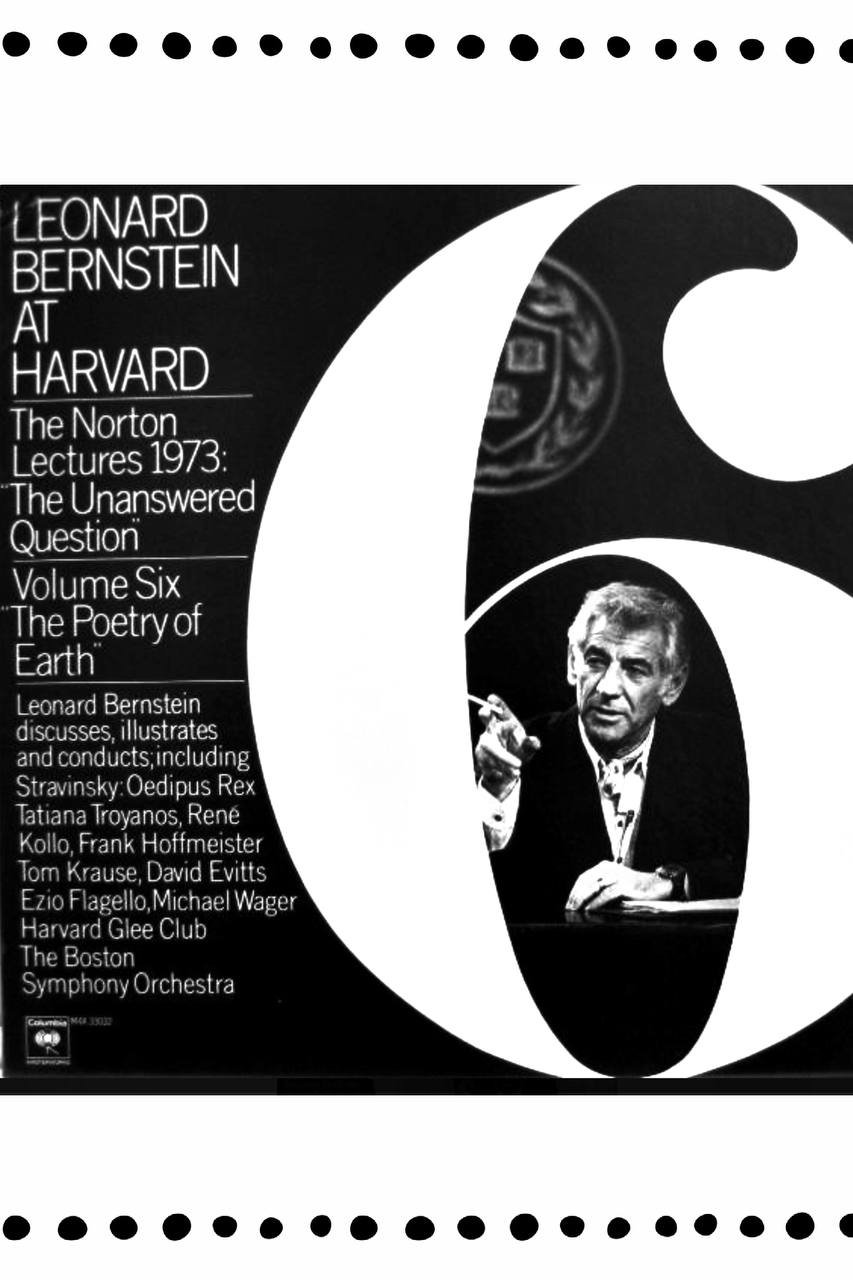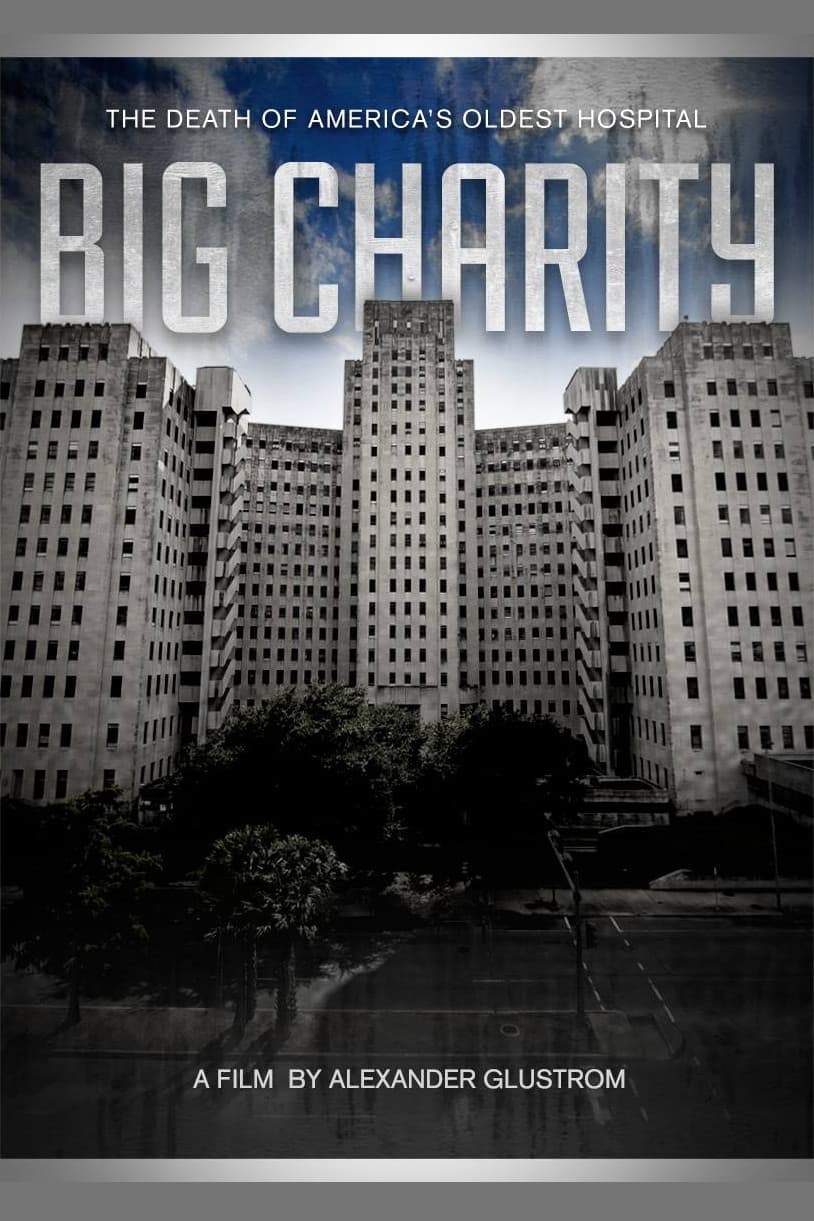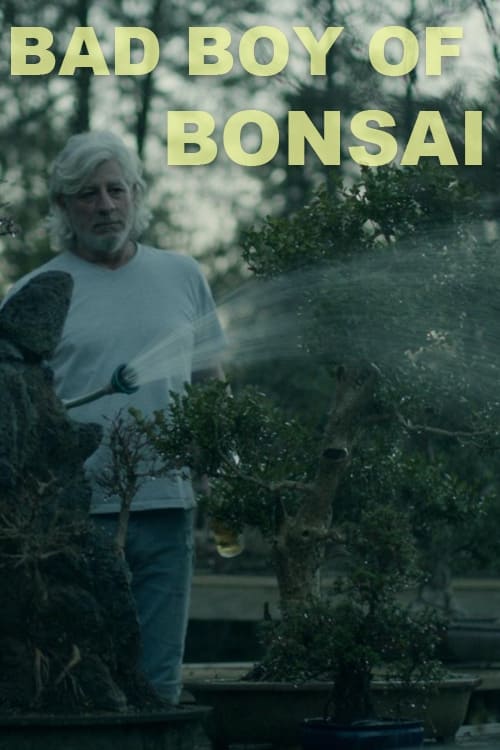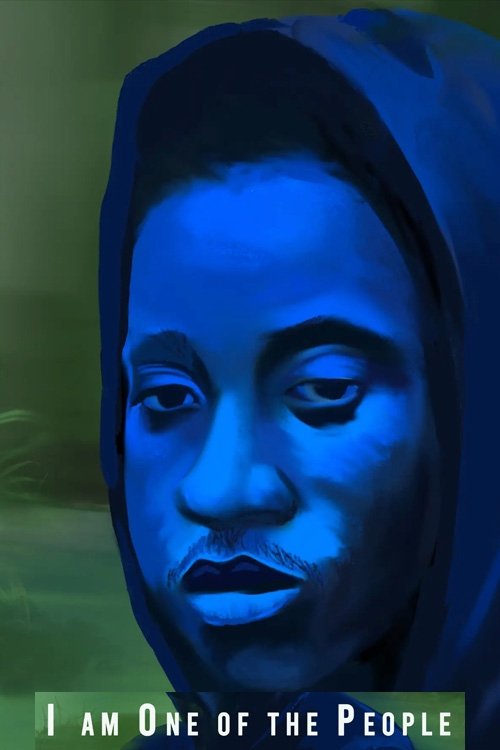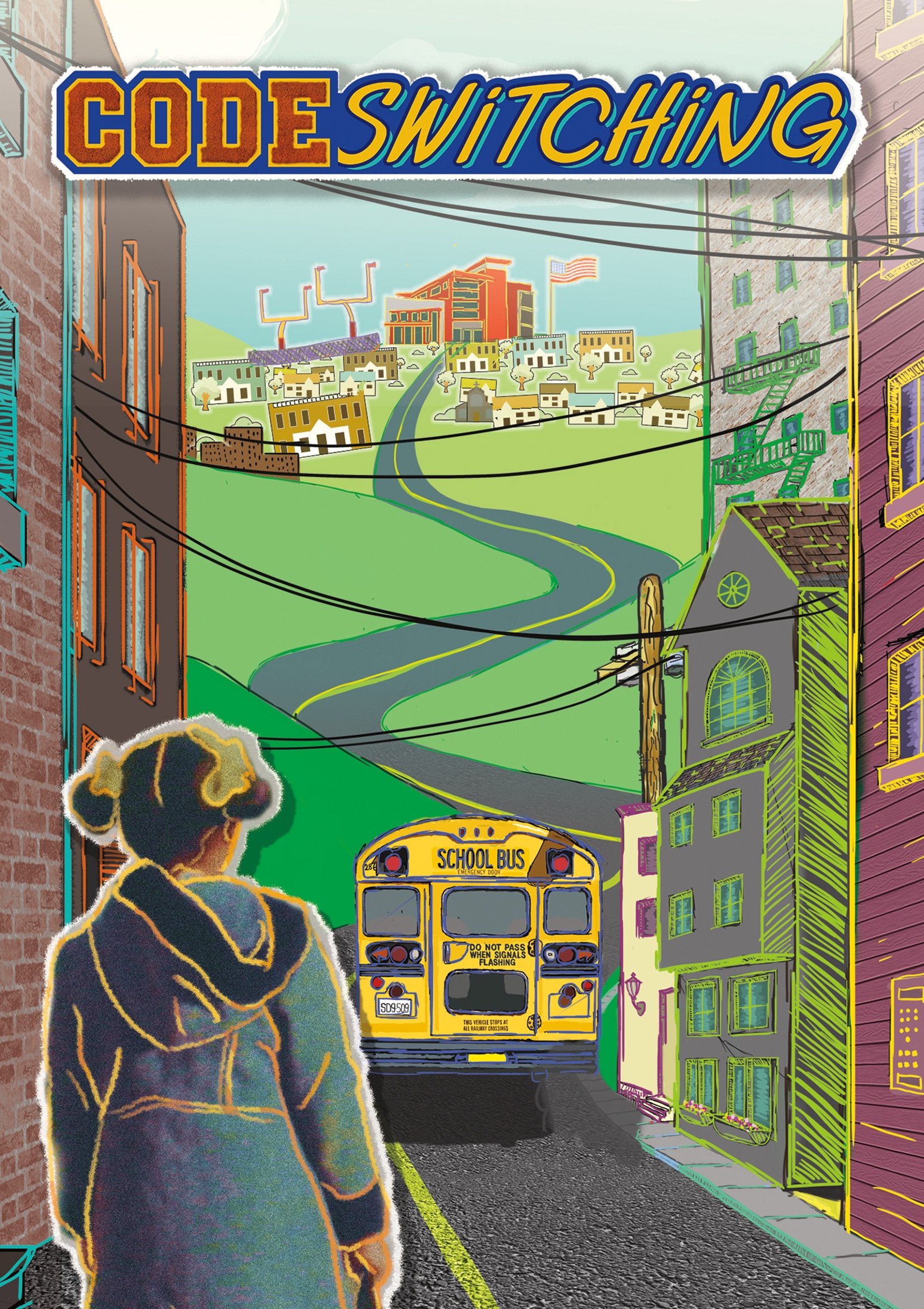Yeah You Rite! (1985)
Overview
This award winning film is a fast paced, humorous look at the colorful way the residents of New Orleans express themselves - why they talk the way they do, where the words come from, and what it means to talk with a New Orleans accent.
Production Companies
Additional Info
| Budget | $0.00 |
|---|---|
| Revenue | $0.00 |
| Original Language | en |
| Popularity | 0.284 |
Directed By
Andrew Kolker
Louis Alvarez
TOP CAST
Similar Movies
Hurricane on the Bayou
The film "Hurricane on the Bayou" is about the wetlands of Louisiana before and after Hurricane Katrina.
To Save a Language
Linguist Indrek Park has been working with Native American languages for over ten years. The film sees him recording the language of the Mandan tribe, who live in the prairies of North Dakota, on the banks of the Missouri River. The job involves a lot of responsibility, and he is running out of time – his language guide, the 84-year-old Edwin Benson, is the last native speaker of Mandan.
Can't Stop the Water
For 170 years, a Native American community has occupied Isle de Jean Charles, a tiny island deep in the bayous of Louisiana. They have fished, hunted, and lived off the land. Now the land that has sustained them for generations is vanishing before their eyes. Coastal erosion, sea level rise, and increasing storms are overwhelming the island. Over the last fifty years, Isle de Jean Charles has been gradually shrinking, and it is now almost gone. For these Biloxi-Chitimacha-Choctaw Indians, their land is more than simply a place to live. It is the epicenter of their people and traditions. They now must prepare to say goodbye to the place, where, for eight generations, their ancestors cultivated a unique part of Louisiana culture.
Louisiana Blues
From the camera of celebrated French documentarians Jean-Pierre Bruneau and Jose Reynes, and in the tradition of The Buena Vista Social Club, comes the exhilarating musical documentary Louisiana Blues. From the backwoods of Baton Rouge to the heart the Big Easy, creole and Cajun music have endured despite years of tumult. This film explores not only the musicians who continue to produce this music, but the climate, culture, and way of life that have shaped them. Innumerable zydeco superstars appear onscreen and deliver legendary performances, including Beau Jocque, D.L. Menard, and Zydeco Joe.
Big Blue Goose
In this RKO Sportscope short, a naturalist and his wife go to Louisiana bayou country to hunt a particular species of goose.
Zydeco
Shot on location in rural Southwestern Louisiana, Zydeco combines cinema verite style footage, interviews and musical performance to present a colorful, joyful portrait of the zydeco musicians in their culture. Featuring Dolon Carriere, Armand Ardoin, and Alphonse "Bois Sec" Ardoin. A film by Nicholas R. Spitzer. Color, 57 minutes.
No More Joy: The Rise and Fall of New Orleans Movie Theatres
From the first movie nickelodeon on Canal Street in New Orleans at the turn of the century to the mega-plex theatres in the suburbs of the city, this film traces their history. With interviews from the people that were working in silent movie theatres to the visionaries that knew that "if you built them they will come", this is fascinating look at a history in a city that is a joy in everyone's memory.
We Will Speak
The Cherokee language is deeply tied to Cherokee identity; yet generations of assimilation efforts by the U.S. government and anti-Indigenous stigmas have forced the Tri-Council of Cherokee tribes to declare a State of Emergency for the language in 2019. While there are 430,000 Cherokee citizens in the three federally recognized tribes, fewer than an estimated 2,000 fluent speakers remain—the majority of whom are elderly. The covid pandemic has unfortunately hastened the course. Language activists, artists, and the youth must now lead the charge of urgent radical revitalization efforts to help save the language from the brink of extinction.
Man in the Glass: The Dale Brown Story
Born on Halloween, 1935, Dale Brown's fight for justice began the day his father walked out - two days before he was born. About how an overachiever from tiny Minot, North Dakota relentlessly fought his way to the top.
The Unanswered Question I : Musical Phonology
This series comprised six lectures on music, which cumulatively took the title of a work by Charles Ives, The Unanswered Question. Bernstein drew analogies to other disciplines, such as poetry, aesthetics, and especially linguistics, hoping to make these lectures accessible to an audience with limited or no musical experience, while maintaining an intelligent level of discourse: Phonology is the linguistic study of sounds, or phonemes. Bernstein's application of this term to music results in what he calls "musical phonology".
The Unanswered Question V : The Twentieth Century Crisis
This series comprised six lectures on music, which cumulatively took the title of a work by Charles Ives, The Unanswered Question. Bernstein drew analogies to other disciplines, such as poetry, aesthetics, and especially linguistics, hoping to make these lectures accessible to an audience with limited or no musical experience, while maintaining an intelligent level of discourse: Lecture 5 picks up at the early twentieth century with an oncoming crisis in Western Music. As these lectures have traced the gradual increase and oversaturation of ambiguity, Bernstein now designates a point in history that took ambiguity too far.
The Unanswered Question VI : The Poetry of Earth
This series comprised six lectures on music, which cumulatively took the title of a work by Charles Ives, The Unanswered Question. Bernstein drew analogies to other disciplines, such as poetry, aesthetics, and especially linguistics, hoping to make these lectures accessible to an audience with limited or no musical experience, while maintaining an intelligent level of discourse: This lecture takes its name from a line in John Keats' poem, "On the Grasshopper and Cricket". Bernstein does not discuss Keats' poem directly in this chapter, but he provides his own definition of the poetry of earth, which is tonality. Tonality is the poetry of earth because of the phonological universals discussed in lecture 1. This lecture discusses predominantly Stravinsky, whom Bernstein considers the poet of earth.
Big Charity: The Death of America's Oldest Hospital
This documentary film includes never-before-seen footage and exclusive interviews to tell the story of Charity Hospital, from its roots to its controversial closing in the wake of Hurricane Katrina. From the firsthand accounts of healthcare providers and hospital employees who withstood the storm inside the hospital, to interviews with key players involved in the closing of Charity and the opening of New Orleans’ newest hospital, “Big Charity” shares the untold, true story around its closure and sheds new light on the sacrifices made for the sake of progress.
Welcome to New Orleans
A touching documentary about a city that has lost hope, and about one man's fight to bring it back.
Bad Boy of Bonsai
Bad Boy of Bonsai is an experimental art-house documentary that focuses on Guy Guidry, a Louisiana local, and his passion for bonsai.
I Am One of the People
Harmful chemicals are disproportionately affecting Black communities in Southern Louisiana along the Mississippi River. I am One of the People is an experimental short film exposing the environmental racism of “Cancer Alley.”
Bogalusa Charm
A contemporary portrait of a small Louisiana town created at the site of the world’s largest lumber mill. Captured here in its last days after thirty years, Miss Dixie Gallaspy conducts a charm school for girls in order to teach the young women of Bogalusa the social graces and skills that would guide them into “Ladyhood”. Dixie’s week long school, in a town confronted with many challenges (including a legacy of racial conflict and financial dissipation) preserves fragments of a world that may already be lost.
CodeSwitching
CodeSwitching is a mash-up of personal stories from three generations of African American students who participated in a landmark voluntary desegregation program. Shuttling between their inner-city Boston neighborhoods and predominantly white suburban schools in pursuit of a better education, they find themselves swapping elements of culture, language, and behavior to fit in with their suburban counterparts – Often acting or speaking differently based on their surroundings, called code-switching.
Storyville - The Naked Dance
The Naked Dance is the first documentary about America's legendary legal red-light district that thrived in New Orleans from 1898 until World War I. Storyville got its name when Alderman Sidney Story attempted to clear up the New Orleans waterfront by restricting prostitution to a specific neighborhood. To his chagrin, the area was dubbed "Storyville," and it was so known until the U.S. Navy closed it for good in 1917.
